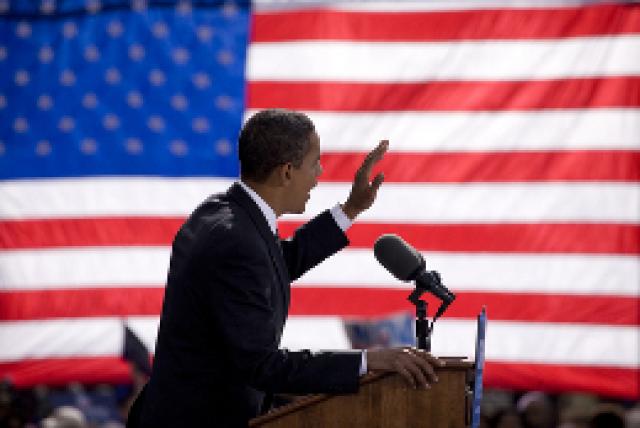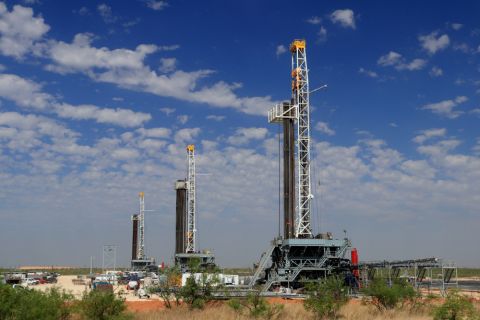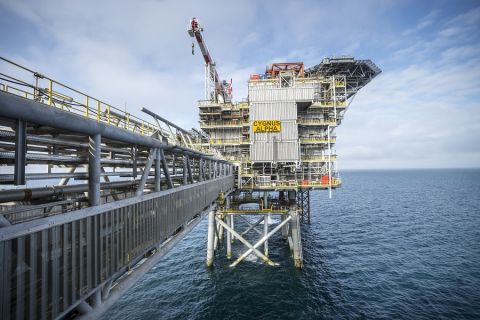
Even though the future for American energy looks bright, some in the industry question what effect President Obama’s next four years will have.
With the shale boom the country is truly poised to be energy independent, said Lee Fuller, IPAA vice president of government relations, at Winter NAPE on Feb. 6. However, with a gridlocked Congress, energy independence hinges on the Obama administration and what tone it sets toward fossil fuels during the president’s final term, he added.
“The impact it can have on our international activities is significant,” he said. “It could really give us a very different opportunity to negotiate worldwide. Obviously, oil and natural gas development is a significant driver for the U.S. economy. The issue we’re going to face as we go forward is – is this administration going to enhance or restrict this energy future.”
Fuller suggested a key indicator of what direction the president will lead American energy is whether he approves the Keystone Pipeline. A go-ahead for the pipeline would indicate a future of further reliance on fossil fuels.
“The benefit it creates in terms of expanding North American oil to the U.S. means there’s opportunities for longer, more durable use of oil in the U.S. as an energy source, and that’s what the real fight is over,” he said.
A concern of Fuller’s is taxes. A sequester passed in 2011 as part of the Budget Control Act could force dramatic tax revisions, he said.
The White House and Congress agreed to a sequester to raise the debt ceiling in exchange for a $1.2 trillion package of automatic spending cuts scheduled to begin 2013. The only way to avoid these automatic spending cuts is if Congress passes another budget deal that achieves at least $1.2 trillion in deficit reduction. Fuller said he’s unsure of the likelihood of progress on tax reform because of political turmoil in Congress.
The administration, in its budget proposal for the 2013 fiscal year, targets eight oil and gas provisions that it would cut:

(Source: www.whitehouse.gov)
Under Obama’s current tax provisions, subsidies for oil and gas would be about $38.56 billion during the next decade. That’s a reduction from 2012 subsidy estimates of $43.6 billion, according to a report by Congressional Research Services.
Fuller said the loss of certain provisions, such as percentage depletion and the passive loss exception, would have a dramatic effect on small business producers that rely on private investors and their retained earnings for investment capital.
“The loss of these could be significant to future investment, future development and continued production of American oil and natural gas,” he said.
During his State of the Union address on Feb. 12, Obama talked about energy independence. The natural gas boom is the reason, he said, for the administration to keep cutting red tape and encourage new oil and gas permits on public lands and waters.
However, at the same time, he urged Congress to pursue bipartisan, market-based solutions to climate change. If they weren’t going to act, the president said he would.
“I will direct my Cabinet to come up with executive actions we can take, now and in the future, to reduce pollution, prepare our communities for the consequences of climate change, and speed the transition to more sustainable sources of energy,” Obama said.
This led to the president proposing the use of oil and gas revenues to fund an Energy Security Trust intended to drive new research and technology and ultimately shift the reliance of cars and trucks off oil.
Fuller, however, noted during NAPE the possibility of similar energy legislation and the impact it could have on oil and gas taxes.
“It’s an unfortunate dynamic that we’re letting our energy policy be driven by these tax policies when they’re really unrelated, but it puts in play this constant tension between the different energy sources because of the way the tax debate moves forward,” he said.
Contact the author, Emily Moser, at emoser@hartenergy.com.
Recommended Reading
Marketed: Anschutz Exploration Corp. WI Opportunity in Converse County, Wyoming
2024-01-26 - Anschutz Exploration Corp. retained EnergyNet for the sale of its WI participation option in Converse County, Wyoming.
Excelerate Energy, Qatar Sign 15-year LNG Agreement
2024-01-29 - Excelerate agreed to purchase up to 1 million tonnes per anumm of LNG in Bangladesh from QatarEnergy.
UK’s Union Jack Oil to Expand into the Permian
2024-01-29 - In addition to its three mineral royalty acquisitions in the Permian, Union Jack Oil is also looking to expand into Oklahoma via joint ventures with Reach Oil & Gas Inc.
Permian Resources Continues Buying Spree in New Mexico
2024-01-30 - Permian Resources acquired two properties in New Mexico for approximately $175 million.
Eni, Vår Energi Wrap Up Acquisition of Neptune Energy Assets
2024-01-31 - Neptune retains its German operations, Vår takes over the Norwegian portfolio and Eni scoops up the rest of the assets under the $4.9 billion deal.




